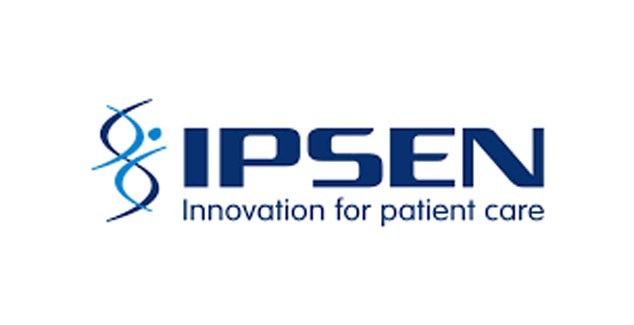Ahmad A. Abujaber1, Yahia Imam2, Abdulqadir Nashwan1, Ahmed M. Own3, Naveed Akhtar2
1 Nursing Department, Hamad Medical Corporation (HMC), Doha, Qatar.
2 Neurology Section, Neuroscience Institute, Hamad Medical Corporation (HMC), Doha,
Qatar.
3 Neuroradiology Department, Neuroscience Institute, Hamad Medical Corporation
(HMC), Doha, Qatar
Hamad General Hospital (HGH) is a 603-bed facility, with intensive care units, operating theatres, an A&E and over 65 specialty clinics, run by Qatar’s principal healthcare provider Hamad Medical Corporation.3 HGH also contains the Neuroscience Institute, which provides specialized stroke services and covers 90% of stroke admissions across Qatar. The Neuroscience Institute also holds a valuable resource: the stroke registry.
The researchers aimed to utilize the stroke registry in order to learn more about stroke in Qatar. “The stroke registry contains all key data on admitted stroke cases since 2014, including stroke type, demographics, risk factors and mortality” explained Dr Nashwan, Director of Nursing for Education & Practice Development at Hamad Medical Corporation “We felt that this was a really beneficial tool to assess risk factors and mortality of stroke in our country.”
The researchers extracted 15,859 stroke cases from January 2014 to July 2022, Qatari patients made up just under 20% of cases, with most patients of South Asian and Middle Eastern or North African descent. Almost 75% of cases were male and just over 80% were under 65. Of admitted stroke cases, around 70% had strokes whilst the remaining number had stroke mimics. The mortality rate across the entire 8-year period was 3.4%, but mortality was highest for strokes of undetermined origin and large vessel disease.
Looking into subtypes of stroke showed that ischaemic stroke was most common, whilst intracerebral haemorrhage made up just under 15%. The most common risk factors for both types of stroke was hypertension, followed by BMI of >25 and diabetes. Rates of hypertension were slightly lower in the ischaemic stroke group, but rates of high BMI and diabetes were higher than that of the intracerebral haemorrhage group.
“We observed that common risk factors were prevalent across both subtypes of stroke, in particular hypertension and BMI” explained Dr Nashwan “This supports previous research showing increased rates of obesity in Qatar, whilst really highlighting the need for more awareness of preventable risk factors for stroke.”
Although Qatari patients made up a smaller number of stroke cases, there were more unfavourable outcomes and higher rates of modifiable risk factors in this group. The researchers highlight that perhaps more targeted intervention and education strategies are necessary to address this.
This project adds to the literature characterising stroke in Qatar and highlights key areas that can be targeted for reduced stroke rates and improved outcomes. “We hope that by identifying the biggest modifiable risk factors, such as hypertension and BMI we can tailor education programmes to be specific to these.” Explained Dr Nashwan “Through this, we may be able to lower rates of stroke and burden of stroke in Qatar.”

 Member login
Member login














